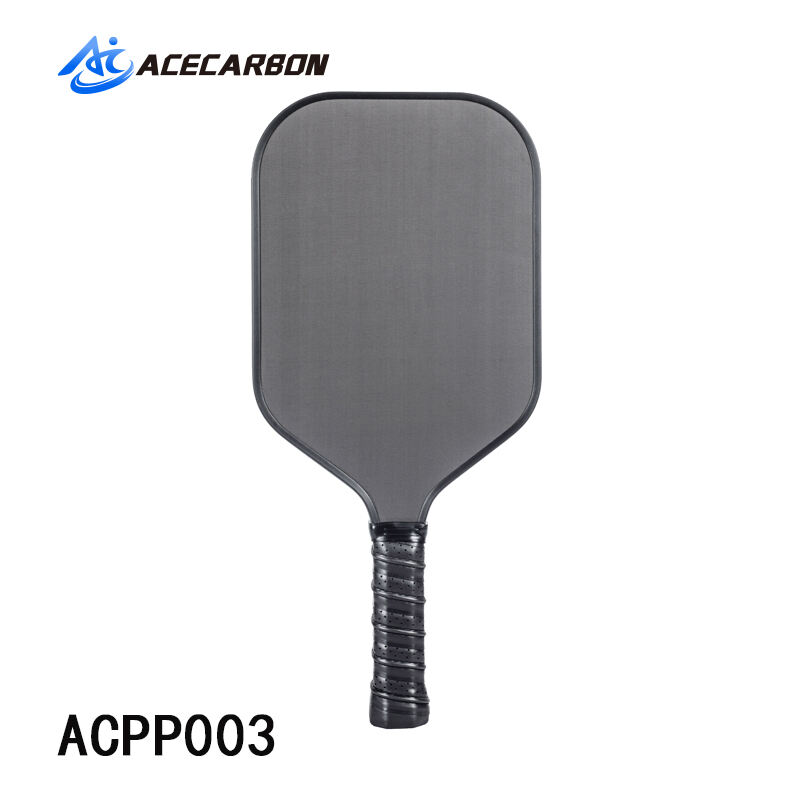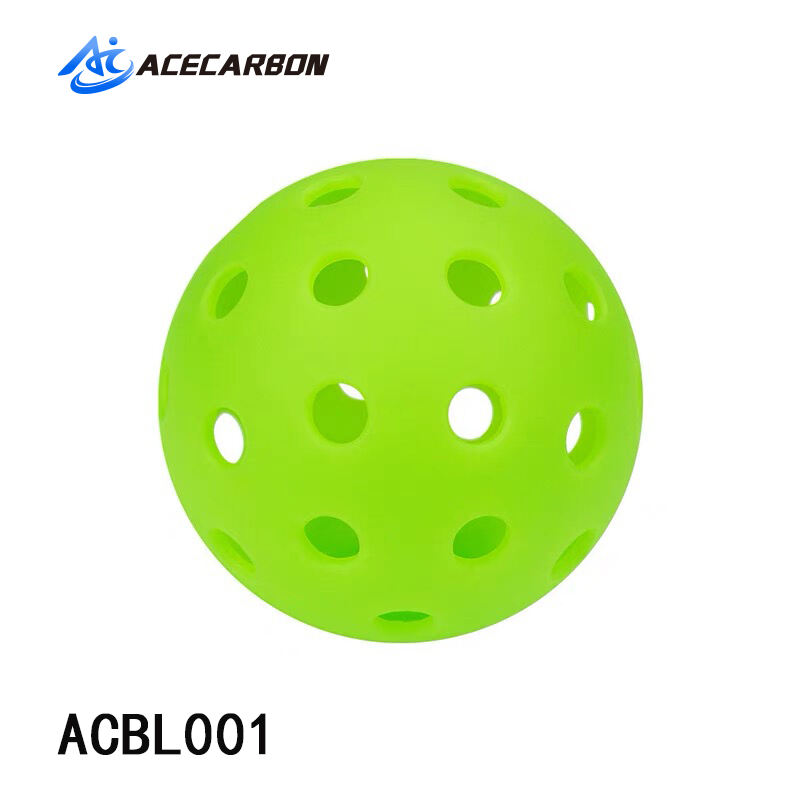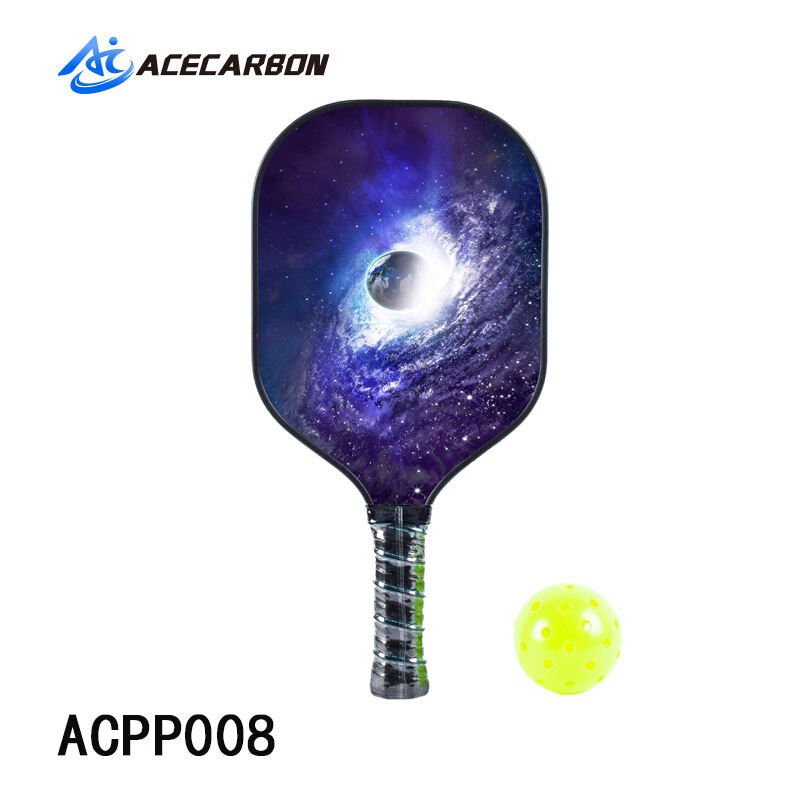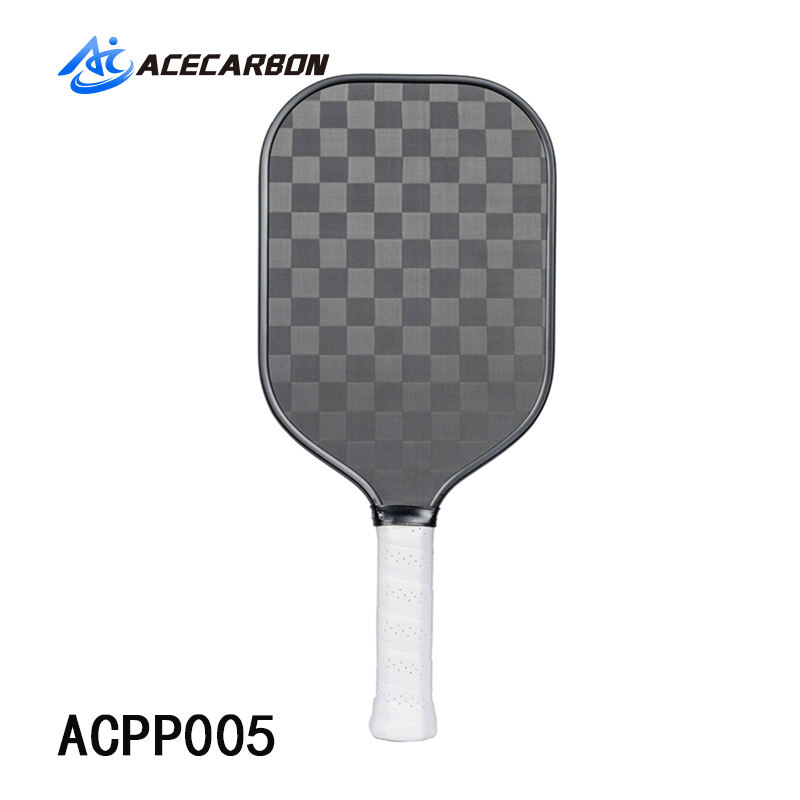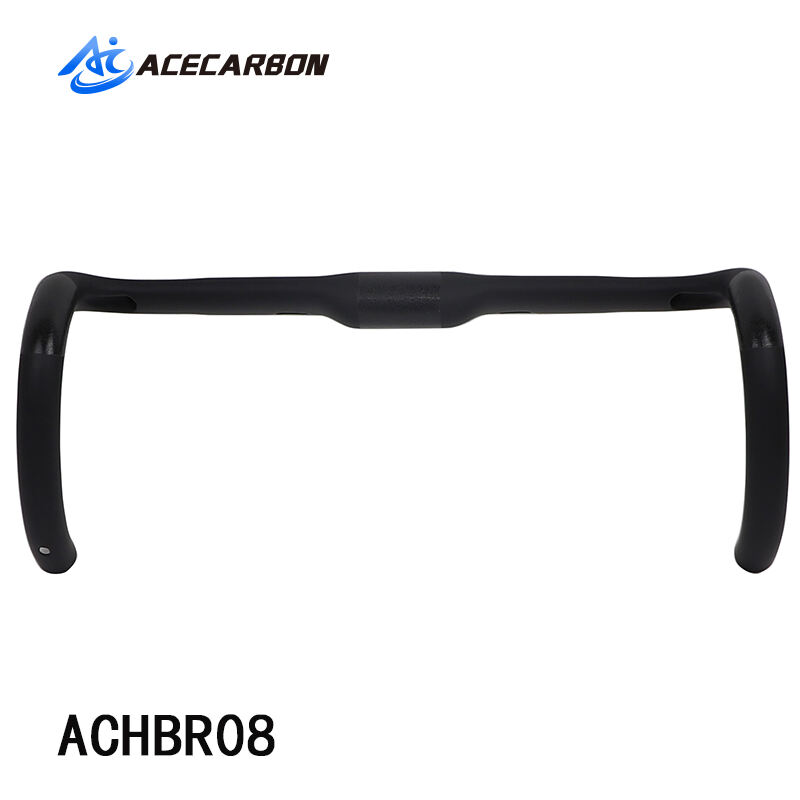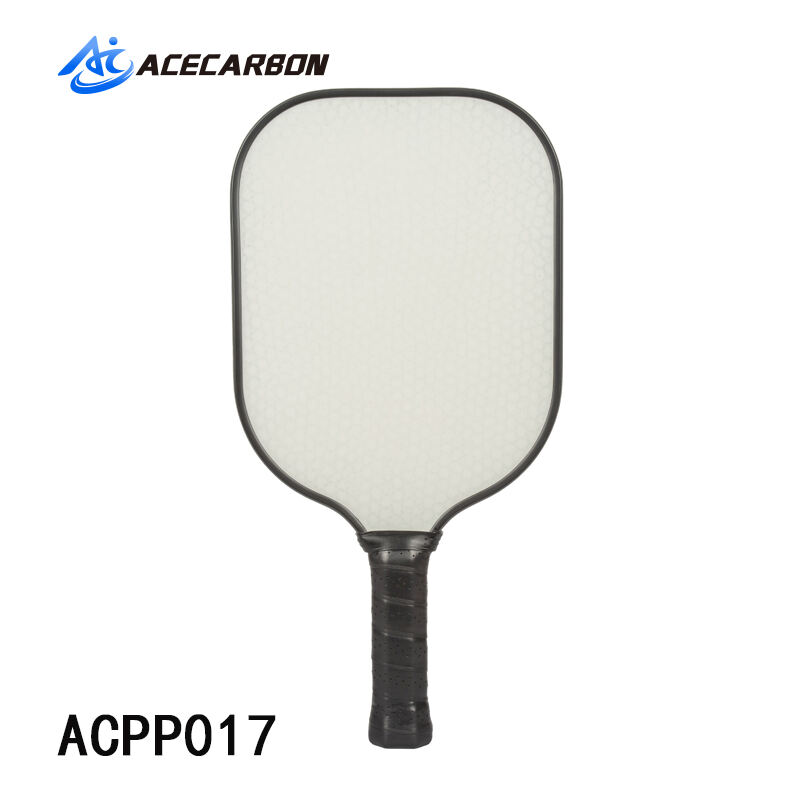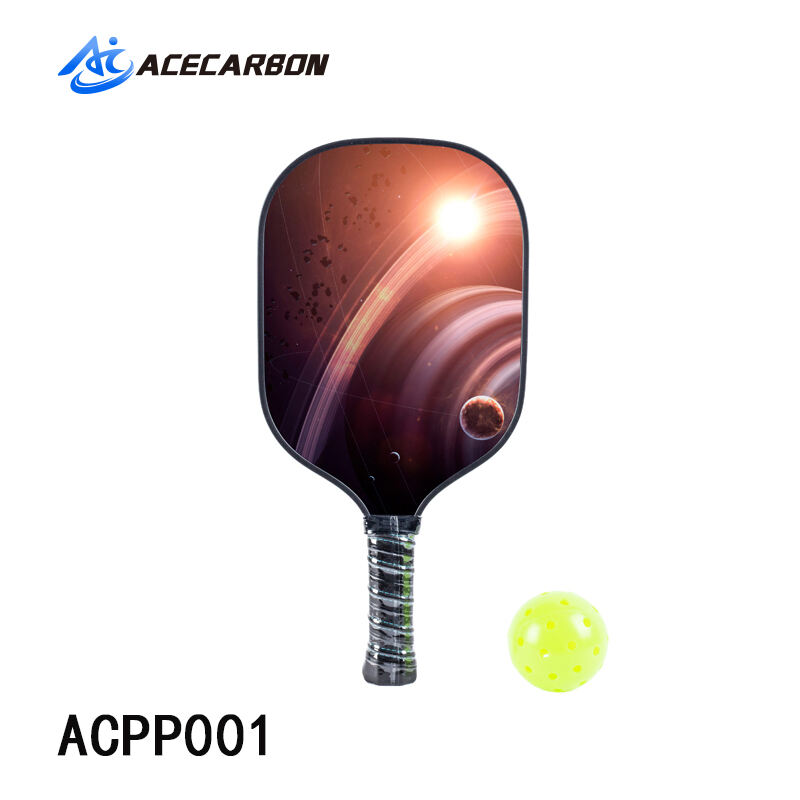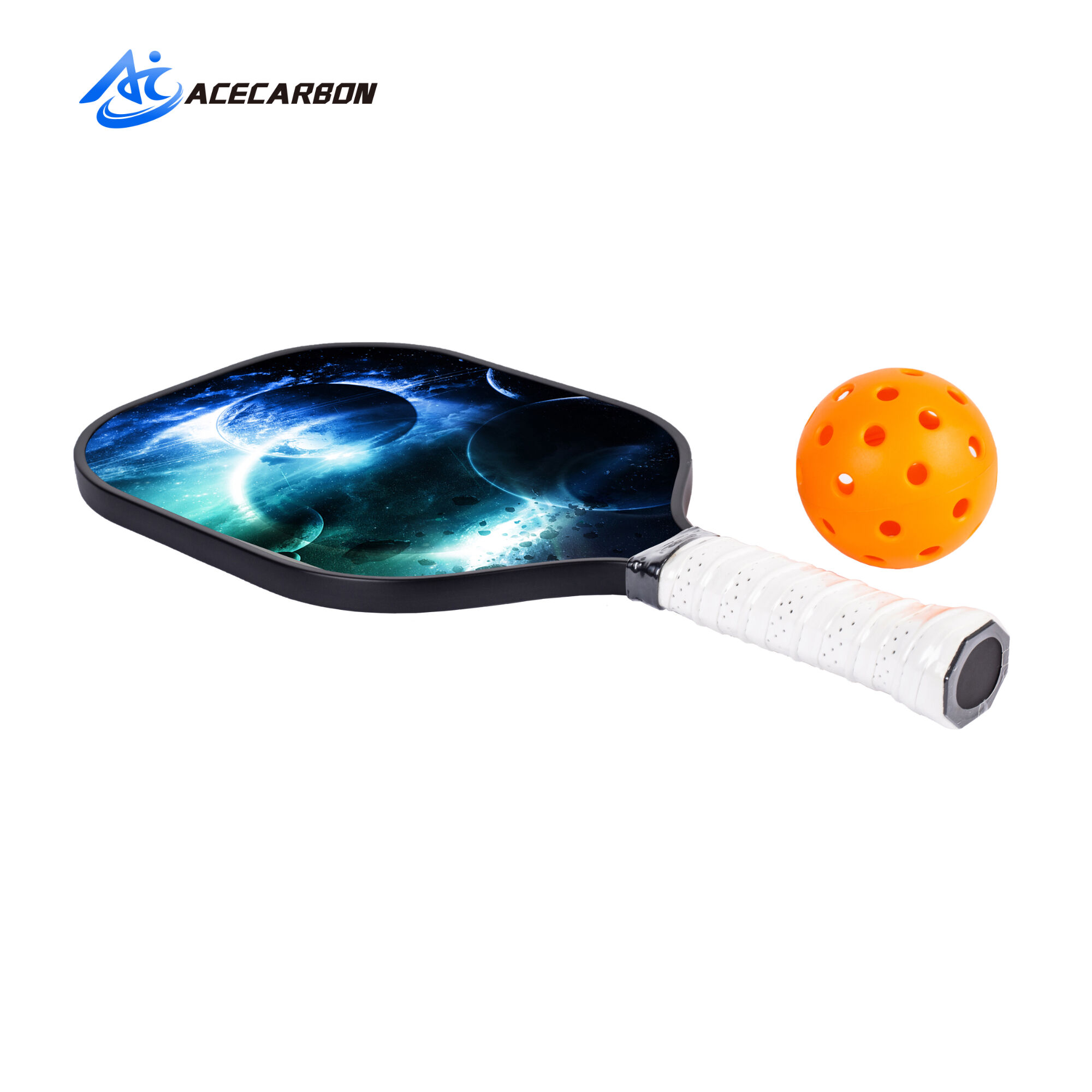Maintaining Your Pickleball Paddle: Tips for Longevity and Performance
Essential Cleaning Techniques for Pickleball Paddle Longevity
Effective Surface Cleaning Methods
If you want your pickleball paddle to last through many games, cleaning it regularly makes all the difference. Start by grabbing a soft cloth dampened with warm water and give the paddle surface a gentle wipe down. This simple approach gets rid of dust and grime without damaging the paddle itself. When dealing with stubborn spots, try mixing some mild soap with water that has a neutral pH level. This helps clean tough stains without breaking down the materials over time. Stay away from anything abrasive or containing strong chemicals though, since these can actually scratch or damage the composite or carbon fiber parts of the paddle. After cleaning, make sure to dry everything completely so no moisture gets trapped inside any tiny cracks. And don't forget to find a shady spot for drying too, because leaving it in direct sun might cause warping or other issues in the long run.
Maintaining Your Paddle Grip
The grip on a paddle needs regular attention if someone wants to perform at their best while playing. Check the handle regularly for things like peeling material or when dirt builds up quite a bit. If the grip gets slick, it really messes with control and might even cause some injuries. Players often grab a towel mid-game or use grip spray to keep fingers secure since wet hands definitely slip around. Some folks swear by grip tape too because it adds extra cushion against impacts and makes holding onto the paddle much more comfortable. For storage purposes, always keep the paddle somewhere clean away from dust bunnies and grime. A simple padded sleeve works wonders for preserving the overall condition of equipment between games.
Protecting Your Paddle from Environmental Damage
Avoiding Extreme Heat and Cold
Pickleball paddles don't last long if they get too hot or too cold. Never leave them sitting in a car during summer heat waves or close to radiators and other heat sources. The wood gets warped and those fancy composite materials start breaking down over time. Cold weather is just as bad actually. When paddles get frozen, they become really brittle and crack easily. Best bet? Keep them somewhere where the temperature stays fairly stable. For folks who travel with their gear, insulated cases work wonders against sudden temperature changes. Check what the maker says about acceptable temps too since different brands handle extremes differently. Following these basic rules means less money spent replacing broken paddles down the road.
Preventing Moisture-Related Issues
Keeping moisture away from paddles matters a lot when it comes to their lifespan and how they perform. After getting wet during play, always wipe down the paddle with a clean towel until it's completely dry. Especially important after sweating heavily or playing in the rain. For extra protection against dampness, consider buying one of those special absorbent bags or just toss some silica gel packs into the storage bag. Check the paddle now and then for telltale signs something's wrong - look out for wood that starts to swell or patches where the color changes. Fix problems right away before they get worse. Don't leave paddles sitting around in places prone to humidity like bathrooms or basement corners. Simple steps like these go a long way toward keeping paddles looking good and functioning properly season after season.
Optimal Storage Solutions for Pickleball Paddles
Choosing the Right Storage Location
Where you put your pickleball paddle matters quite a bit if you want it to last through many games without getting damaged. A good rule of thumb is to find somewhere dry where the temperature stays pretty stable. Moisture is really bad news for paddles because it can warp the materials or even cause mold growth inside the handle. Direct sunlight should be avoided at all costs too since UV rays break down the composite materials over months and years of exposure. Some players swear by keeping their paddles on dedicated racks in garage corners or closet spaces specifically organized for sports gear. These setups work well because they lift the paddles off concrete floors and other rough surfaces that might scratch them. Getting enough airflow around stored paddles makes a difference too. Poor ventilation leads to hot spots developing inside closed containers, which weakens the structural integrity of the paddle frame eventually.
Benefits of Using Paddle Covers
Paddle covers offer extra protection for those who want to keep their equipment looking good while traveling between courts. They do more than just stop scratches and dings they actually help preserve the paddle's original form by absorbing shocks when bumped around in bags or cases. Another benefit worth mentioning is how these covers manage temperature fluctuations. Without proper coverage, sudden heat or cold can cause warping over time, which nobody wants when playing pickleball regularly. Looking at different brands matters too. Some covers fit better than others depending on the specific paddle model. A snug fit prevents shifting inside the case that could damage the grip area. Spending money on a decent cover might seem minor compared to buying a new paddle altogether, but it really does pay off in the long run as far as preserving both performance and appearance go.
Assessing and Addressing Wear and Tear
Spotting Early Signs of Damage
Spotting damage early on in a pickleball paddle makes all the difference when it comes to keeping performance at its best. Players should check their paddles regularly looking out for things like surface cracks, grip fraying, or any other signs that something isn't quite right because these problems definitely affect how well the paddle works during games. Strange noises coming from the paddle while playing often mean there's some sort of internal damage happening or maybe parts have come loose inside. Writing down details about how much someone plays with their paddle and under what conditions helps track how long it lasts before needing replacement. When dealing with specific materials such as wood or composites, getting advice from experienced players or checking online resources becomes really helpful for understanding exactly what kind of wear to expect over time.
Maximizing Your Paddle's Lifespan
Want to keep your paddle going strong? Develop a regular maintenance habit after every play session. Just give it a good clean, check for any issues, and apply some conditioner if needed. Changing up how we play helps too. Sometimes swapping paddles or simply stepping back for a few games lets our main paddle rest instead of getting worn out all the time. If we spot cracks or dents forming, don't wait around. Get those fixed by someone who knows what they're doing before it gets worse and forces us to buy something new. Also worth noting: certain training methods put less strain on our gear while still improving our game. Stick with these simple care routines and our paddles will last longer without losing their edge.

 EN
EN
 AR
AR
 BG
BG
 HR
HR
 CS
CS
 DA
DA
 NL
NL
 FI
FI
 FR
FR
 DE
DE
 EL
EL
 HI
HI
 IT
IT
 JA
JA
 KO
KO
 NO
NO
 PL
PL
 PT
PT
 RU
RU
 ES
ES
 SV
SV
 TL
TL
 ID
ID
 SR
SR
 SK
SK
 SL
SL
 UK
UK
 VI
VI
 HU
HU
 TH
TH
 TR
TR
 FA
FA
 MS
MS
 IS
IS
 AZ
AZ
 BN
BN
 LO
LO
 MI
MI
 MY
MY
 SM
SM

